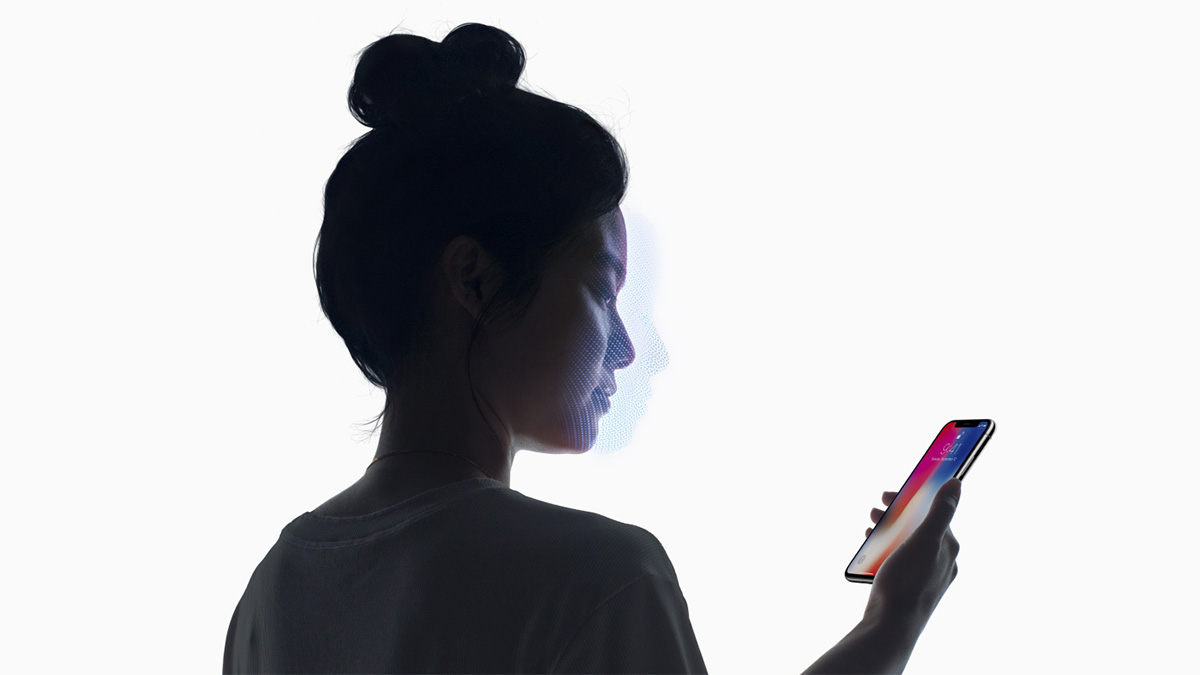Facial recognition has become one of the best ways to unlock your phone or tablet in recent years, and while in-display fingerprint sensors are becoming more feasibly, companies like Apple are leaning heavily on facial recognition instead. Face ID is generally regarded as being the best around, but just how easy is it to fool? What about the best of the competition in the Android world?
Forbes set out to find out, getting a 3D model of someone’s head made, and testing a handful of phones to see if the fake head unlocked them.

The phones in question were an iPhone X, LG G7 ThinQ, Samsung Galaxy S9, Galaxy Note 8, and OnePlus 6. The head cost £300 to make, or around $380, and the process to create it involved no fewer than 50 cameras.
The head was printed at Backface in Birmingham, U.K., where I was ushered into a dome-like studio containing 50 cameras. Together, they combine to take a single shot that makes up a full 3D image.
So how did things go down? It’s fairly predictable, knowing how easily some phones can be fooled by just a photograph of someone’s face, but it turns out that all of the Android phones fell foul of the test, unlocking themselves when faced with the fake head. However, Apple’s iPhone X stood on its own as the one phone that refused to reveal its secrets.

If you’re an Android customer, though, look away from your screen now. We tested four of the hottest handsets running Google’s operating systems and Apple’s iPhone to see how easy it’d be to break into them. We did it with a 3D-printed head. All of the Androids opened with the fake. Apple’s phone, however, was impenetrable.
It’s not entirely sure why the iPhone X refused to unlock, although our suspicion would be the requirement for attention before Face ID unlocks a device. Whatever the reason, we’re not sure any of this really matters all that much, at least to the vast majority of people. We don’t think too many of us need to worry about anyone creating a 3D model of our heads just to see our text messages any time soon.
(Source: Forbes)
You may also like to check out:
- How To Downgrade iOS 12.1.1 To iOS 12.1
- Download iOS 12.1.2 Beta 1 IPSW Links And OTA Update And watchOS 5.1.3 Beta 1
- Download iOS 12.1.1 Final IPSW Links And OTA Update For iPhone And iPad
- iOS 12.1.1 Final Changes, Release Notes And Features: Here’s What Is New
- Jailbreak iOS 12.1.1 / iOS 12.1: Project Zero Team Publishes Privilege Escalation Bug That Could Lead To First Public iOS 12 Jailbreak
- Call Of Duty Legends Of War Android APK Beta Download Of 1.0.0 Version Released
- Jailbreak iOS 12.1.1 / 12.0.1 / 12 On iPhone And iPad [Status Update]
You can follow us on Twitter, add us to your circle on Google+ or like our Facebook page to keep yourself updated on all the latest from Microsoft, Google, Apple, and the Web.

